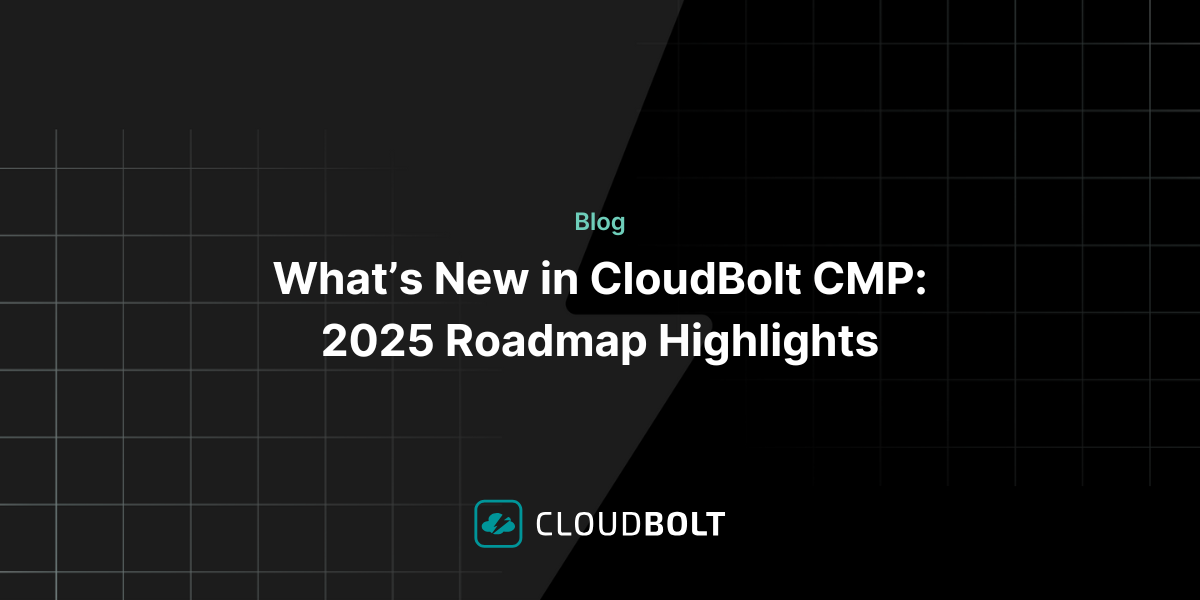Accelerate Your Infrastructure-as-Code Journey Using Terraform and CloudBolt
Infrastructure as Code (IaC), as we have written about previously, is the process of replacing manual efforts and time required for IT resource management and provisioning by simple lines of code. IaC is being adopted by developers across organizations of all sizes to deploy resources quickly with a reduced management overhead. Resources can be scaled and deployed anywhere based on need and access.
Terraform as an option for IaC
One of the key players in IaC space is HashiCorp’s Terraform. Terraform has been leveraged by enterprise customers as well as mid-market companies who want to transform their IT environment. It offers an open-source based solution for companies that want to empower their developers.
Solutions for Terraform and CloudBolt Customers
Joint Terraform and CloudBolt customers tell us their developers love the power of Terraform for infrastructure provisioning. However, IT operations teams want a platform that provides complete visibility and control. IT teams want a platform that is easy to use, does not have a steep learning curve and provides levers to control resources better. For these organizations, we have developed two key options that our customers can use.
With the first option, through a new third-party plug-in for CloudBolt, users can now call and invoke a service action in CloudBolt simply by using Terraform. Developers can write their code straight into Terraform plans. Once they deploy that code it invokes an action in CloudBolt which finally invokes the service needed. It’s as simple as that. This option is focused on developers who want to continue using Terraform as the infrastructure management platform. By using CloudBolt in this process, IT admins maintain complete resource visibility and can support day-2 operations.
With the second option, you can invoke a call into Terraform from CloudBolt blueprints to deploy the service that you need. This means you do not have to sign into the Terraform Command Line Interface (CLI) and you can take actions from the CloudBolt blueprints directly. Day-2 operations continue to be managed the same way as you would manage other hybrid cloud resources using CloudBolt.
CloudBolt currently supports discovering virtual machines of the following resource types (built by Terraform providers):
- google_compute_instance
- azurerm_virtual_machine
- aws_instance
- vsphere_virtual_machine
- openstack_compute_instance_v2
- clc_server
- Nutanix_virtual_machine
I am very excited about both these options and the value they will bring to customers who want to leverage Terraform while leveraging the unparalleled governance capabilities of the CloudBolt platform.
If you want to see this in action, schedule a quick demo with our experts and they would be happy to showcase our Terraform support to you.
Related Blogs

What’s New in CloudBolt CMP: 2025 Roadmap Highlights
Cloud management is evolving fast — and so are we. At CloudBolt, we’ve made significant investments in our Hybrid Cloud…

